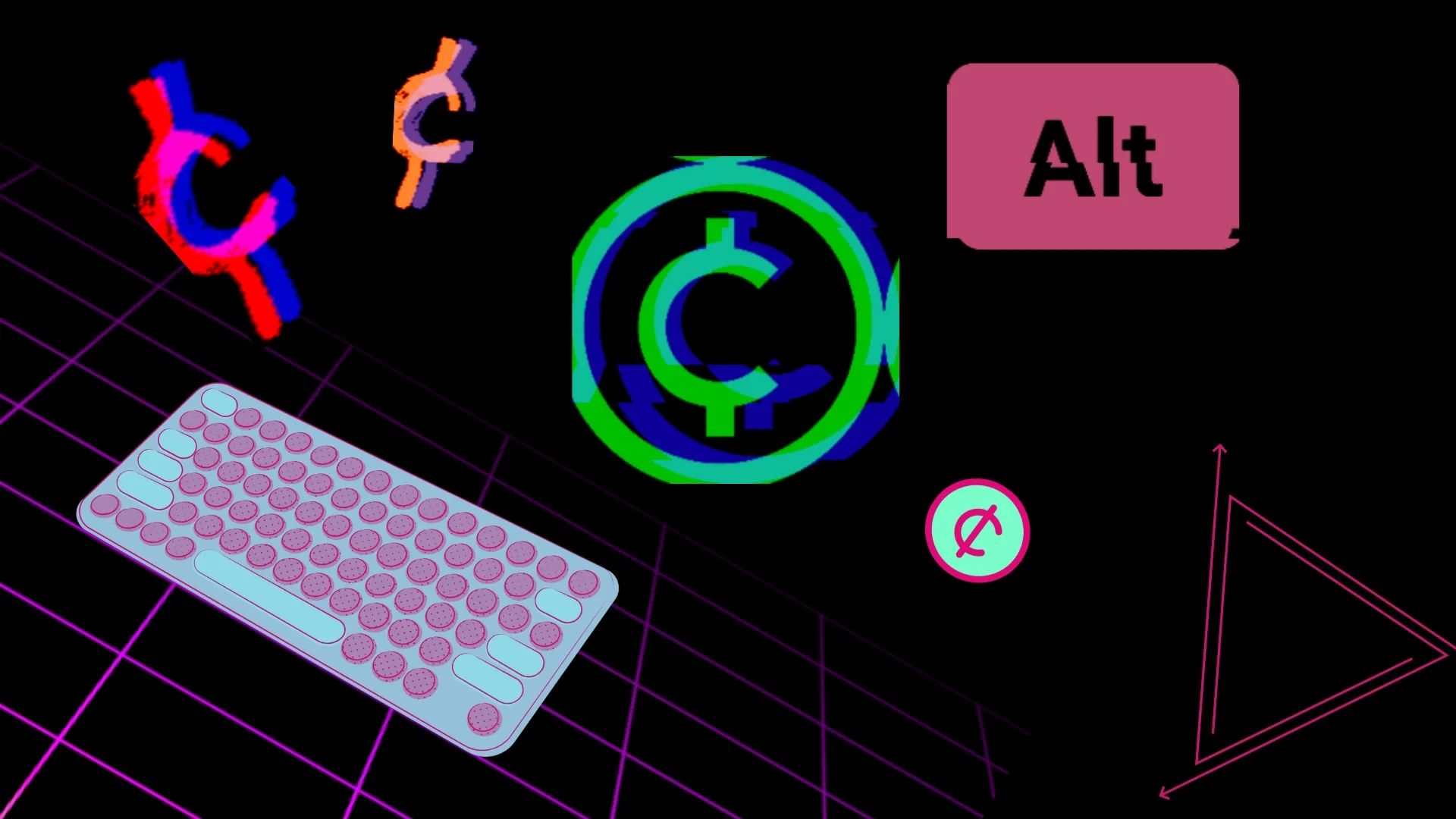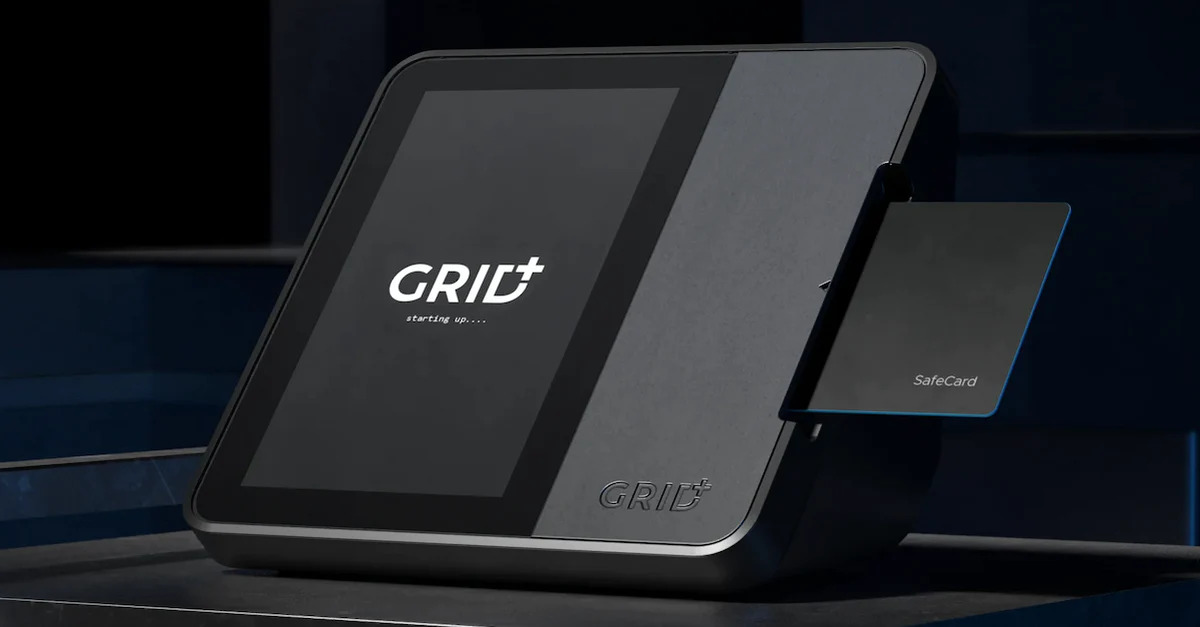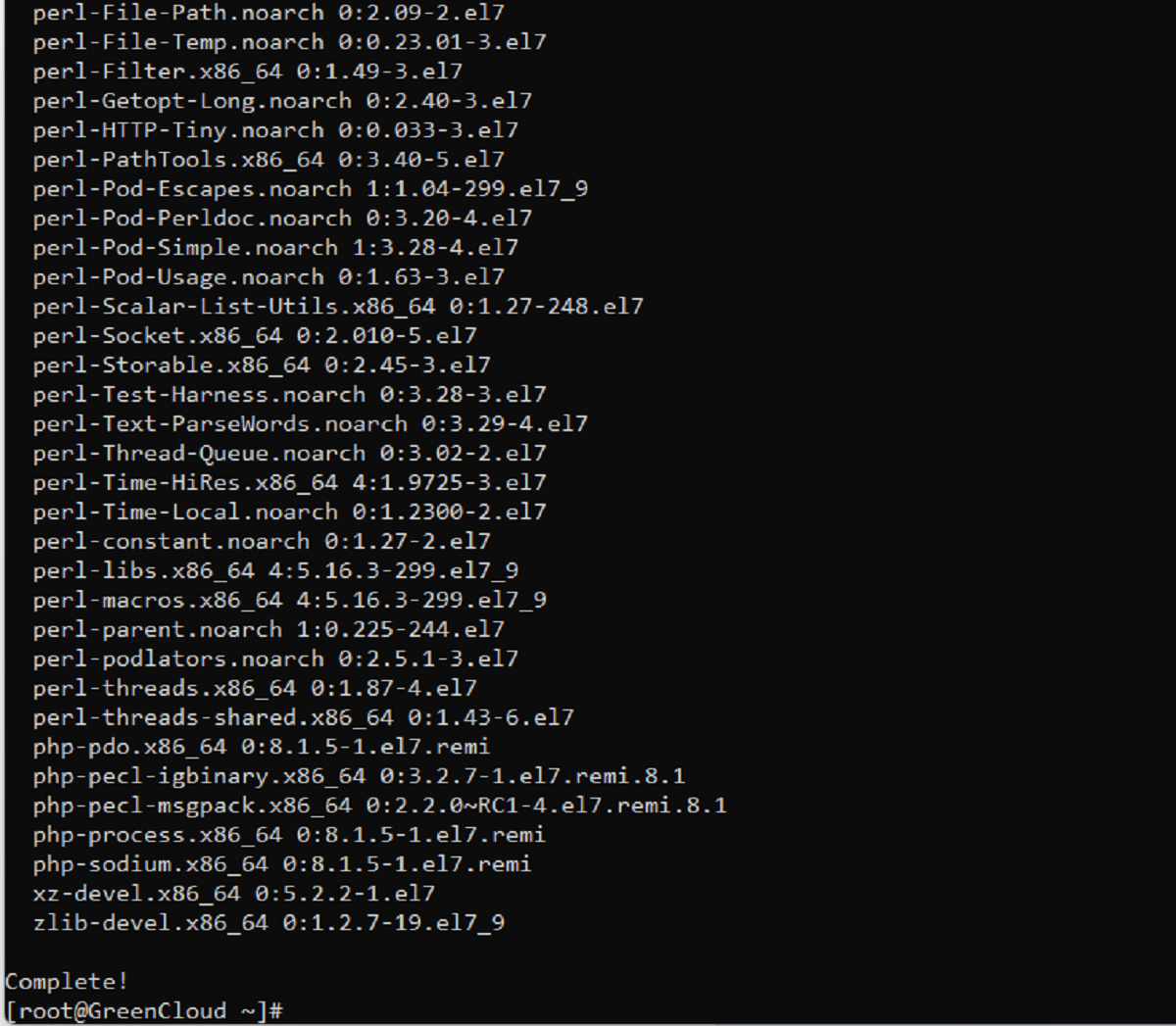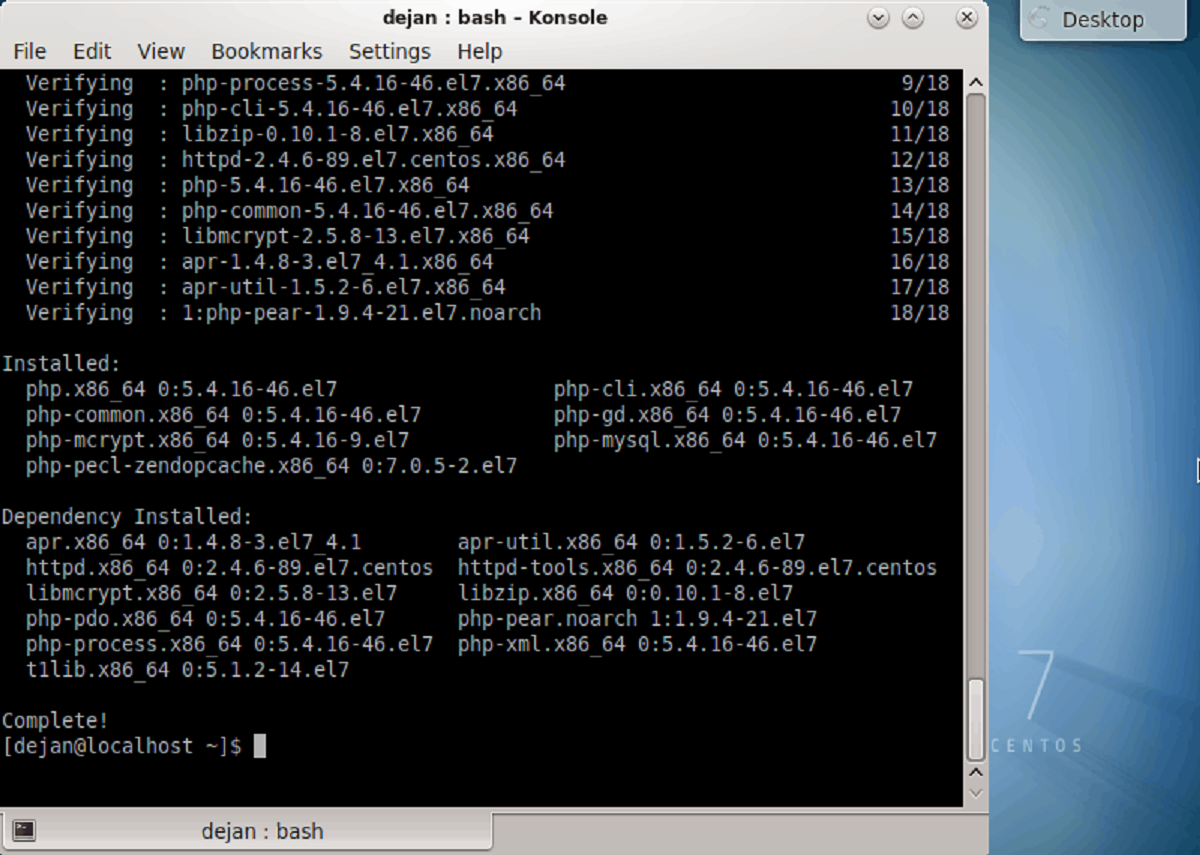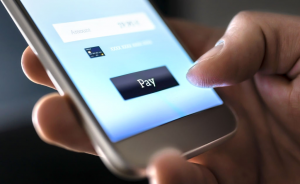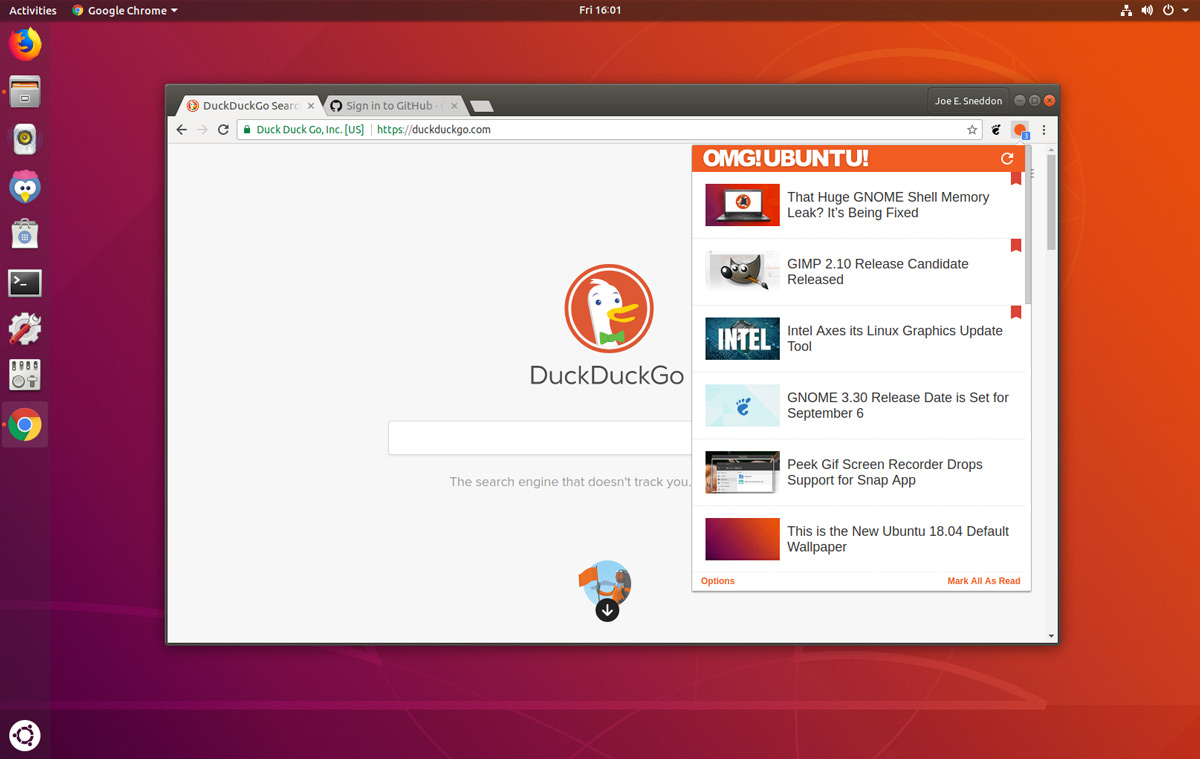Introduction
Welcome to our guide on how to make a cent sign on your keyboard. The cent sign (¢) is a commonly used symbol in various industries, including finance, commerce, and mathematics. Whether you need to use it in your financial reports, pricing lists, or mathematical equations, knowing how to type the cent sign quickly and accurately can be very helpful.
In this article, we will explore several different methods that can be used to make the cent sign symbol on a keyboard. From using ASCII codes and Unicode shortcuts to utilizing specific key combinations and special characters in different operating systems, we’ve got you covered. So no matter what device or software you’re using, you’ll find a method that suits your needs.
Please note that the methods described here are applicable for most standard keyboards, including those on Windows and Mac operating systems. However, due to the variety of keyboard layouts available, some specific key combinations may differ slightly. If you encounter any issues or variations, consult the documentation or support resources for your specific keyboard model or operating system version.
Now let’s dive into the different methods and discover how to effortlessly create the cent sign on your keyboard with just a few simple steps.
Method 1: Using the ASCII Code
One of the simplest ways to make a cent sign on your keyboard is by using the ASCII code. ASCII (American Standard Code for Information Interchange) is a character encoding standard that assigns unique numerical codes to various characters, including the cent sign.
To use the ASCII code to make a cent sign, follow these steps:
- Place your cursor in the desired location where you want to insert the cent sign.
- Hold down the Alt key on your keyboard.
- Using the numeric keypad (not the number keys at the top of your keyboard), type the ASCII code for the cent sign, which is 162. Make sure the Num Lock key is turned on.
- Release the Alt key, and the cent sign (¢) will appear at the cursor’s location.
It’s important to note that this method works on Windows-based operating systems. However, it may not work on all keyboards, especially those on laptops or compact keyboards that lack a dedicated numeric keypad. In such cases, you can try using one of the alternative methods mentioned in this guide.
Using the ASCII code is a quick and convenient way to make a cent sign on your keyboard without the need for additional software or special characters. It’s especially useful for Windows users who are familiar with the Alt key shortcuts. Now that you’ve learned how to use the ASCII code, let’s explore other methods to create the cent sign on different platforms.
Method 2: Using the Unicode Shortcut
Another method for creating a cent sign on your keyboard is by using the Unicode shortcut. Unicode is a universal character encoding standard that represents various characters from different writing systems using unique numerical codes. The Unicode shortcut allows you to quickly insert characters, including the cent sign, by typing a specific code.
To use the Unicode shortcut to make a cent sign, follow these steps:
- Place your cursor in the desired location where you want to insert the cent sign.
- Press and hold the Alt key.
- While holding the Alt key, type the Unicode code for the cent sign, which is 00A2, on the numeric keypad. Make sure the Num Lock key is turned on.
- Release the Alt key, and the cent sign (¢) will appear at the cursor’s location.
Like the ASCII code method, the Unicode shortcut method is compatible with Windows-based operating systems. It provides a quick and easy way to insert the cent sign using a numerical code. However, keep in mind that not all software applications or platforms fully support Unicode characters. In such cases, the cent sign may not display properly or may be replaced by another symbol. If you encounter any issues, try alternative methods or consult the documentation or support resources specific to your software or platform.
Using the Unicode shortcut is a handy option for Windows users who prefer typing numeric codes to create special characters like the cent sign. However, if you’re using a different operating system or prefer a more straightforward method, continue reading to explore other ways to make a cent sign on your keyboard.
Method 3: Using the Alt Code
If you’re using a Windows-based operating system, you can make a cent sign on your keyboard using the Alt code method. Alt codes are specific combinations of keys that allow you to insert special characters and symbols by holding down the Alt key and entering a numerical code on the numeric keypad.
To create a cent sign using the Alt code method, follow these steps:
- Place your cursor in the desired location where you want to insert the cent sign.
- Ensure that the Num Lock key on your keyboard is turned on.
- Hold down the Alt key.
- Using the numeric keypad, type the Alt code for the cent sign, which is 0162.
- Release the Alt key, and the cent sign (¢) will appear at the cursor’s location.
The Alt code method is a versatile way to insert special symbols and characters, including the cent sign, into various applications such as word processors, text editors, and web forms. However, it’s important to note that not all keyboards or operating systems support Alt codes. If you encounter issues or find that the Alt code combination doesn’t work on your system, try one of the alternative methods outlined in this guide.
Using the Alt code method provides a simple and efficient way to create a cent sign on your keyboard without the need for additional software or complex key combinations. It’s especially useful for Windows users who are comfortable entering numerical codes. However, if you’re using a different operating system or prefer a different approach, continue reading to explore more methods to make a cent sign.
Method 4: Using AutoCorrect in Microsoft Word
If you frequently use Microsoft Word for your documents, you can take advantage of the AutoCorrect feature to make a cent sign on your keyboard automatically. AutoCorrect is a built-in feature in Microsoft Word that automatically corrects common misspellings and replaces specific text strings with predefined replacements.
To set up AutoCorrect to create a cent sign in Microsoft Word, follow these steps:
- Open Microsoft Word on your computer.
- Click on the File tab at the top left corner of the screen.
- Select Options from the dropdown menu.
- In the Word Options dialog box, click on Proofing in the left-hand menu.
- Click on the AutoCorrect Options button.
- In the AutoCorrect dialog box, type the text string you want to replace with the cent sign (e.g., “c/”).
- In the Replace field, type the cent sign (¢).
- Click on Add, then OK to save the changes.
Now, whenever you type the specified text string (e.g., “c/”) followed by a space or punctuation mark, Microsoft Word will automatically replace it with the cent sign (¢).
Using AutoCorrect in Microsoft Word is a convenient method for creating a cent sign, especially if you frequently work with documents in Word. It saves you time and effort by automatically replacing a predefined text string with the desired symbol. However, keep in mind that this method is specific to Microsoft Word and may not work in other applications or text fields. If you need to create a cent sign outside of Microsoft Word, try one of the other methods mentioned in this guide.
Method 5: Using Character Map in Windows
If you’re using a Windows-based operating system, you can utilize the Character Map utility to make the cent sign on your keyboard. Character Map is a built-in application in Windows that allows you to view and insert special characters and symbols into your documents.
To create a cent sign using the Character Map utility, follow these steps:
- Open the Start menu and search for “Character Map.”
- Click on the Character Map app in the search results to open it.
- In the Character Map window, select the font you want to use from the Font dropdown menu. The cent sign (¢) is available in most standard fonts.
- Scroll through the character list or use the search function to locate the cent sign (¢).
- Once you’ve found the cent sign, click on it to select it.
- Click on the Select button, followed by the Copy button.
- Go to the desired location where you want to insert the cent sign and paste it by pressing Ctrl+V or right-clicking and selecting Paste.
Using the Character Map utility in Windows provides a visual way to locate and insert special characters like the cent sign. It allows you to browse through the available characters in different fonts and choose the one that suits your document or preference. While this method may require a few extra steps compared to other methods, it gives you access to a wide range of special characters beyond just the cent sign.
Keep in mind that the availability of the Character Map utility may vary depending on your specific version of Windows. If you don’t have access to Character Map, you can search online for alternative character map tools or explore other methods described in this guide.
Method 6: Using the Symbol Viewer in Mac
For Mac users, there is a convenient tool called the Symbol Viewer that allows you to make a cent sign and other special characters on your keyboard. The Symbol Viewer provides a visual interface where you can browse and insert various symbols and characters into your documents.
To create a cent sign using the Symbol Viewer in Mac, follow these steps:
- Place the cursor in the desired location where you want to insert the cent sign.
- Click on the Edit menu in the application or text field where you want to insert the symbol.
- Select Emoji & Symbols from the dropdown menu.
- In the Symbols window, select the Currency Symbols category from the sidebar.
- Scroll through the list or use the search bar to find the cent sign character (¢).
- Once you’ve located the cent sign, double-click on it to insert it at the cursor’s location.
The Symbol Viewer in Mac provides a user-friendly way to explore and insert special characters like the cent sign into your documents. It offers a wide range of symbols across different categories, making it easy to find the character you need. Whether you’re working in a text editor, word processor, or any other application on your Mac, the Symbol Viewer is a valuable tool for accessing special characters.
Please note that the steps and options mentioned above may vary depending on the version of macOS you are using. If you are unable to find the Symbol Viewer or encounter any issues, refer to the documentation or support resources specific to your operating system version.
Conclusion
In this guide, we explored several methods that you can use to make a cent sign on your keyboard. From using the ASCII code, Unicode shortcuts, and Alt codes to utilizing built-in tools like AutoCorrect in Microsoft Word and the Character Map in Windows, we covered a range of options for different operating systems.
Whether you’re working on a Windows-based computer or a Mac, there is a method suitable for you. The ASCII code, Unicode shortcut, and Alt code methods allow you to manually input the cent sign using specific key combinations. On the other hand, AutoCorrect in Microsoft Word and the Symbol Viewer on Mac provide convenient ways to automatically replace text strings with the cent sign symbol.
It’s important to note that the availability and functionality of these methods may vary depending on your specific keyboard layout, operating system version, and software applications. If one method doesn’t work for you, feel free to try an alternative method or consult the documentation and support resources for your specific setup.
By mastering these methods, you can effortlessly create cent signs in your documents, spreadsheets, emails, or any other application where you need to use this symbol. Remember to choose the method that suits your preferences and workflow the best.
We hope this guide has been helpful in expanding your knowledge and understanding of how to make a cent sign on your keyboard. Feel free to refer back to this article whenever you need a quick reminder or share it with others who can benefit from this information. Happy typing!







